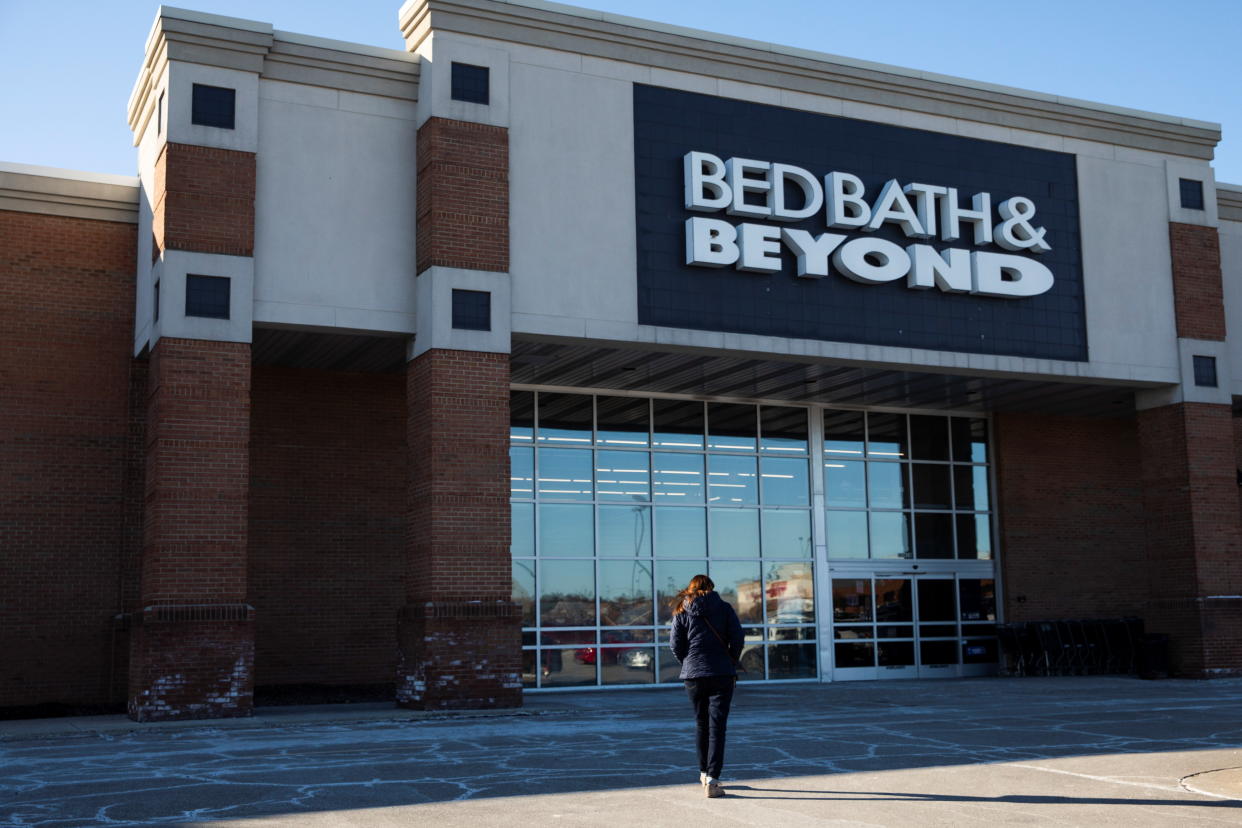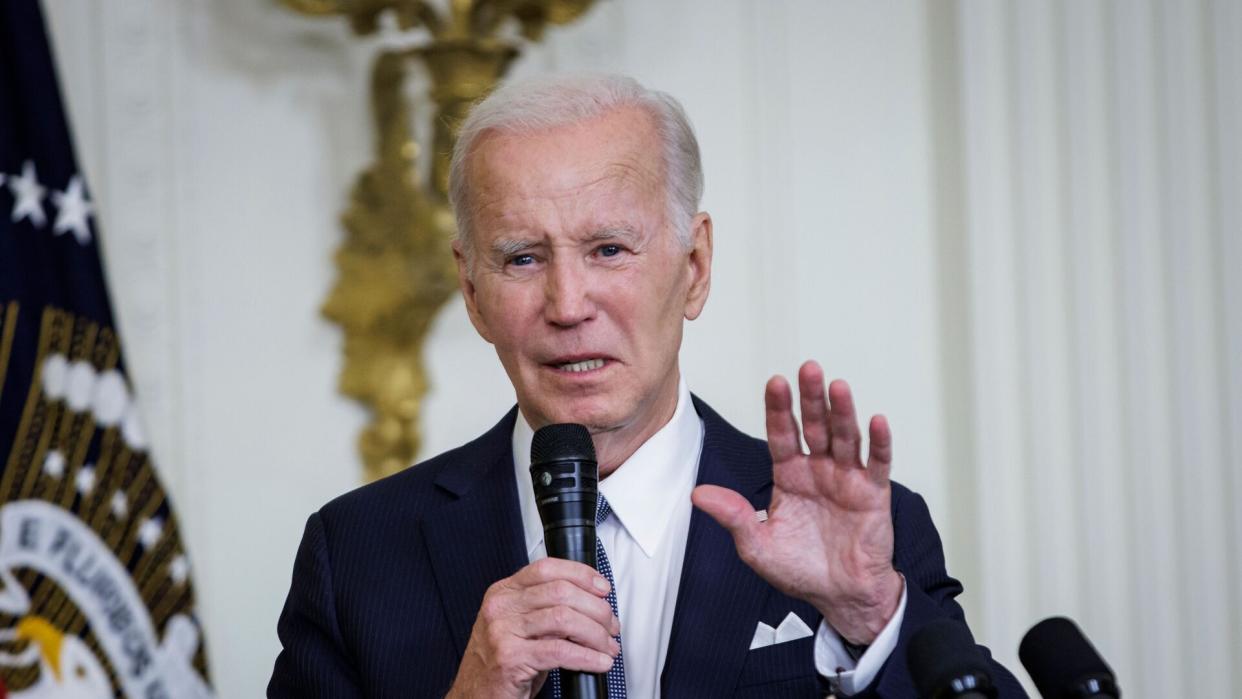Bed Bath & Beyond (BBBY) is hedging its bankruptcy bets, simultaneously posturing for a wind down while also vying to stay in business.
The dual-track strategy emerged Sunday as the home goods retailer filed for protection of its assets under Chapter 11 of the US Bankruptcy Code.
A Chapter 11 filing typically helps financially distressed companies work out a plan with their creditors to reorganize debt and emerge as a viable entity. But Bed Bath & Beyond announced it would focus on liquidating assets, a path typically pursued as part of a Chapter 7 bankruptcy.
The failed housewares chain said the dual-track strategy was the best way to maximize value for stakeholders. A press release stated it had already initiated a liquidation sale, though would conduct a limited marketing process to solicit interest in some or all of its assets.
“In the event of a successful sale, the company will pivot away from any store closings needed to implement a transaction,” the company said.
Other distressed companies have taken a similar path. David’s Bridal, which filed for Chapter 11 protection on April 17, also elected for a dual-track sale-liquidation process. And retailer Toys R Us similarly chose the option for its 2017 Chapter 11 filing.
The dual-track, or “toggling,” strategy puts Bed Bath & Beyond in a more attractive position to potential bidders, said Elie Worenklein, a corporate restructuring attorney with Debevoise & Plimpton.

The stores can keep generating revenue from customers, while the company continues its marketing efforts to sell either all or a portion of its operations. Chapter 11 doesn’t require a company to shutter its doors.
In addition, Worenklein said, Chapter 11 permits the company’s management to stay in place, which is also important to maximizing value for the benefit of creditors.
“They’re the most familiar with the business and the relevant stakeholders to run the sale process,” he said. “Under Chapter 7, a trustee would replace management and bring in his or her own professionals.”
The Chapter 11 process can also be good for marketing distressed assets, both because the process tends to draw media attention and because the assets and liabilities can be more clearly defined.
Some bidders would rather buy assets out of bankruptcy because they can obtain a court order describing exactly which debts and liabilities are attached to their purchase. The Bankruptcy Code also allows a bidder to purchase assets free and clear of liens and claims, offering protection unavailable outside of bankruptcy.
“We often see that a court-supervised sale process attracts additional interested bidders because they ascribe added value to the court order,” Worenklein said.
Jeffrey Krieger, a partner with Greenberg Glusker who also specializes in corporate bankruptcy, said that for a publicly traded company the size of Bed Bath & Beyond it’s unsurprising that its management would choose Chapter 11, though one thing that’s a little bit unique, he said, it that it appears to be liquidating without much indication that of trying to emerge from bankruptcy as a going concern.
“Liquidation usually doesn’t happen right out of the box with a Chapter 11,” Krieger said.
One potential downside of choosing Chapter 11 when a company’s only intention is to liquidate, Krieger added, is that it could cost the company, and in turn its creditors, more to maintain employees and retail locations.
Another difference, he said, is that a trustee appointed to liquidate the company through Chapter 7 proceeding, might take a harder look at whether there are any viable claims against management for the company’s failure — a less likely scenario than in a management-run Chapter 11.
Bed Bath & Beyond has announced store closures will begin April 26.
Sales for the retailer last peaked in 2017 at $12.3 billion, and in its most recent total year of 2021 totaled $7.9 billion. In its most recent quarter, the company reported a 33% drop in sales, with adjusted losses of $225 million.
This story was amended to include additional perspective from bankruptcy attorney, Jeffrey Krieger.
Alexis Keenan is a legal reporter for Yahoo Finance. Follow Alexis on Twitter @alexiskweed.
Follow Yahoo Finance on Twitter, Facebook, Instagram, Flipboard, LinkedIn, and YouTube
Click here for the latest stock market news and in-depth analysis, including events that move stocks
Read the latest financial and business news from Yahoo Finance
Originally published



